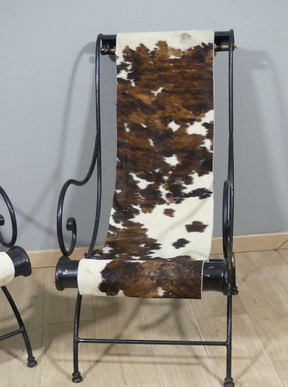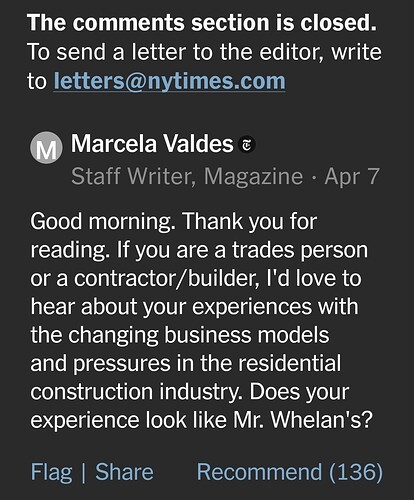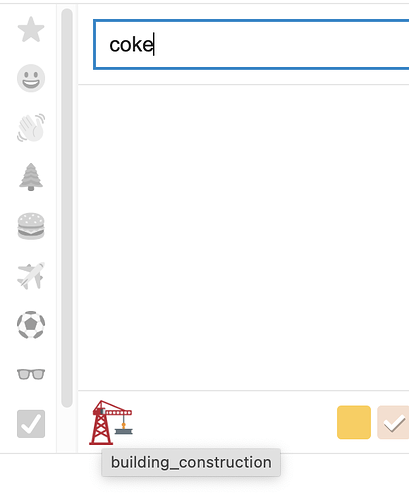Is their ‘drywall’ actually cardboard? Yikes.
Probably didn’t realize that they needed to screw it into a stud, not just into the wall…
studfinder? what’s that?
can i get one to find me a new poolboy?
Wow, I see what you mean! ![]()
Question for folks more experienced than I am with concrete: we’ve got an existing concrete pad that’s in excellent shape and well located to create a produce stand at the edge of our property for selling eggs, veggies, etc.
Our plan is to drop a prefab shed onto the pad and anchor it. The shed is built on wooden skids. The underside of the flooring has a vapor barrier but the skids themselves are just pressure treated lumber.
What’s the best method for ensuring a moisture barrier between the pad and the skids? I’m looking at a paint-on substance like sakrete cure n seal or slabtight, but I figured I would check here before committing to the process.
I don’t have huge (or professional) concrete experience, but I would consider setting paving tiles on the concrete, sandwiching a damp proof membrane between tile and concrete (this also allows you to get absolutely level). Otherwise you risk water pooling and bypassing any moisture proofing.
That’s high art, that is.
Does it sing?
Interesting piece on the difficulties that contractors/independent carpenters who want to do quality work have staying afloat. I also enjoyed the comments, where the author chimes in a lot.
https://www.nytimes.com/2025/04/07/magazine/contractors-construction-real-estate.html
I’d been wanting to read this!
This quote so nicely sums up the thing we’re seeing in many industries, which some ingenuously blame immigrants for,
“The entrance of immigrants did not result in the deterioration of jobs in residential construction,” they write, “rather, working conditions and pay became so bad that subcontractors faced continual labor shortages.”
The archive link doesn’t show the comments. If you have time and inclination, I’d love to see a couple screen grabs of the comments you found interesting!
Sure! Among the 798 comments:
There’s also an interesting exchange about modular construction, which does NOT seem like a panacea:
Here is a gift link. There are 798 comments on it, should keep you busy for a while…
reading about carpenters - as good a way as any to celebrate Easter ![]()
Thank you!
Looks like I owe @Millie_Fink at least a small coke for stating the number of comments ![]() One of the few times I did not read through before replying.
One of the few times I did not read through before replying.
I thought there would be an emoticon for soda pop, which would literally be “a small one”. But look what came up when I searched for coke, LOL
On modular housing…there are a lot of pros to this type of building, but some of the more obvious cons are:
- Only somewhat better than the fabricated homes in trailer parks when it comes to tornadoes and hurricanes;
- Not able to be properly insulated from winter conditions (waves hello from the northern half of the country);
- Any type of customization and/or site prep can lessen or even negate the financial advantages.
Your point about insulation contradicts what I’ve learned in the industry. Working (building) in a warehouse-type setting offers better access and control (no gusting wind or rain during construction), and allows for more thoughtful and thorough insulation.
I’m interested to hear why or where you learned otherwise.










